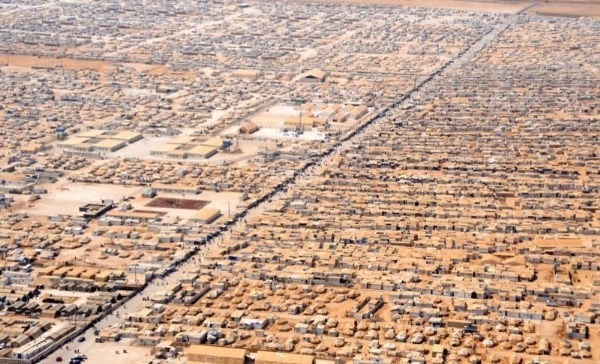Why Kenya had to close refugee Dadaab and Kakuma camps

Tuesday, May 10, 2016
By Karanja Kibicho
For reasons of national security against a pervasive and persistent terrorist threat, Kenya is moving to close its two largest refugee camps in Dadaab and Kakuma. Between them, they house more than 600,000 refugees.
As some of the largest camps in the world, they have acquired iconic status. They represent decades of an open-hearted Kenyan response to those fleeing wars and persecution in our sub-region.
Some of the largest terrorist attacks, like the 2013 Westgate atrocity, were planned and operationalised from Dadaab. The Al Shabaab terrorist group has been able to take advantage of the camps’ overcrowded and under-resourced conditions, and most importantly the limits to policing United Nations run sites, to operate with an alarming degree of freedom.
Terrorism has killed hundreds of Kenyans, and injured thousands. It has also led to frequent Western country travel warnings that in their broad, and inaccurate generalisations, have ruined the livelihoods of thousands of families and emboldened terrorists.
The Daadab refugee camp is home to almost half a million Somali refugees who fled their country due to decades of civil war. Since its inception in the 1990s, the camp has been clouded in controversy ranging from smuggling of goods and weapons from neighbouring Somalia, to harbouring terrorists today.
The Kenyan government’s most pressing constitutional and moral responsibility is to ensure the security of its citizens from the risk of violent attack from known actors.
Our intelligence and security forces have known for a long time that these camps are a dire threat to our people’s security. Thus our unilateral action which follows the slower-than-a-crawl implementation of a Tripartite mechanism — between Kenya, Somalia and the Office of the United Nations High Commissioner for Refugees (UNHCR) — to repatriate the refugees. Ultimately that pace was detrimental to our security.
This is not a decision without controversy and pain. Kenya, after all, has been a proud contributor to regional peace and security. In the Good Country Index, which measures what each country on earth contributes to the common good of humanity, Kenya is ranked 26th. It is 20th in contributing to international peace and security.
We are proud of that status, and will continue to sustain it in the broad spectrum of peace, security and trade arrangements that have led to it. However, as a country with limited resources, facing an existential terrorist threat, we can no longer allow our people to bear the brunt of the International Community’s weakening obligations to the refugees.
We have observed with dismay the environmental damage that the camps have caused to the detriment of host communities. The camps were built for a fraction of their population. There has also been a fall-off in the voluntary international funding for the camps in Kenya.
In favour of raising budgets in the northern hemisphere to refugees headed to the West.
International obligations in Africa should not be done on the cheap; the world continues to learn the ruinous effect of these persistent double standards. Even more importantly is that the Kenya Defence Forces, who are hatted as part of the African Union Mission to Somalia mission, have spilt blood to stabilise Somalia.
At great cost, our troops have liberated large swaths of Somalia from the hold of Al Shabaab. Yet we are still presented with a picture of a country to which none of its refugee diaspora can resettle, while UN workers traverse much of that liberated territory with relative safety.
At the 590th meeting of the African Union’s Peace and Security Council, in April 2016, a decision was made on the situation of refugees in the Dadaab Refugee camps in Kenya.
The PSC acknowledged the ‘legitimate security concern of Kenya that the Dadaab Refugee Camps, in existence for more than 25 years, have been infiltrated and have become hideouts of Al Shabaab terrorist group, which exploits the camps to plan and carry out attacks against Kenyan institutions, installations and civilians.’
The Council deplored ‘that the Dadaab Refugee Camps have been deprived of their humanitarian character and function by the al Shabaab terrorist group.’ It further stressed that the ‘burden of refugees is the responsibility of the international community as a whole and not individual countries alone.’ That is a faithful analysis of the reality.




